
It’s always a remarkable feat when creatures are rehabilitated from extinction and restored to their former glory. Sometimes, life throws us a curveball, and a species that was long thought to be extinct gets rediscovered and brought into the light. Well, for this little guy, that’s exactly what happened.
The Blyde Rondavel flat gecko, first identified in 1991 in South Africa’s remote Blyde River Canyon, vanished from the scientific record for 34 years, sparking debates over whether it had truly existed or slipped quietly into extinction. This lost species has decided to show its face to the world once again, and it’s a story worth telling.
Disappearance and Doubt

The Blyde Rondavel flat gecko has always been an elusive creature that sparked doubt among researchers worldwide. When they were first discovered in 1991, only two male specimens were ever collected before they decided to disappear from the public eye for more than three decades. Researchers were shrouded in doubt if these specimens were just juveniles from another species or belonged to their distinct species.
The lack of sightings and scant information led the International Union for Conservation of Nature (IUCN) to list the geckosGecko as “data deficient,” proving how unsure researchers were about their existence.
The “Lost Species” Label
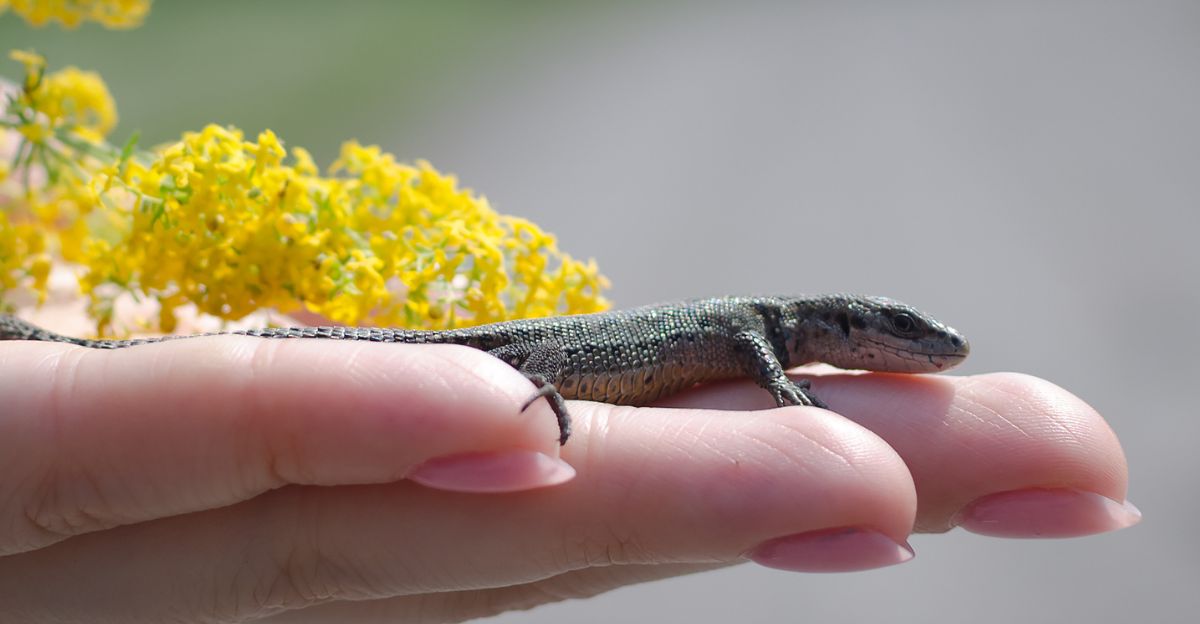
The term “lost species” is used for animals and plants that have not been scientifically documented for at least a decade, are not found in captivity, and have not been officially declared extinct by the International Union for Conservation of Nature (IUCN).
This label shows the uncertainty and hope that surrounds these elusive organisms. Many are simply missing from scientific records, often because they are found in remote or inaccessible regions or are naturally rare and difficult to find.
The Expedition
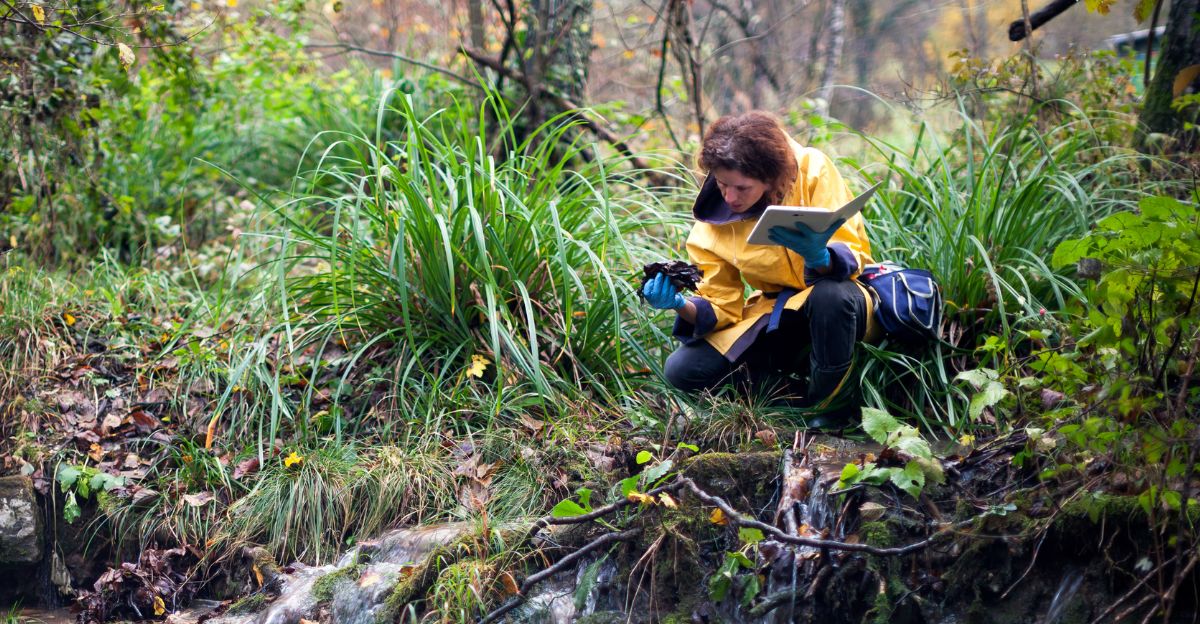
The rediscovery of the Blyde Rondavel flat gecko resulted from a meticulously planned and challenging expedition led by researchers from the Endangered Wildlife Trust. After a two-year effort to secure the necessary permits, Dr. Darren Pietersen and John Davies were airlifted by helicopter to a nearly inaccessible, isolated rocky outcrop within South Africa’s Blyde River Canyon.
This was the only place the Gecko had ever been found, and they planned on seeing this little critter, too. Their determination paid off when they confirmed the Gecko’s survival and collected new specimens and tissue samples for genetic analysis, validating the species’ distinct identity.
The Sneaky Culprit
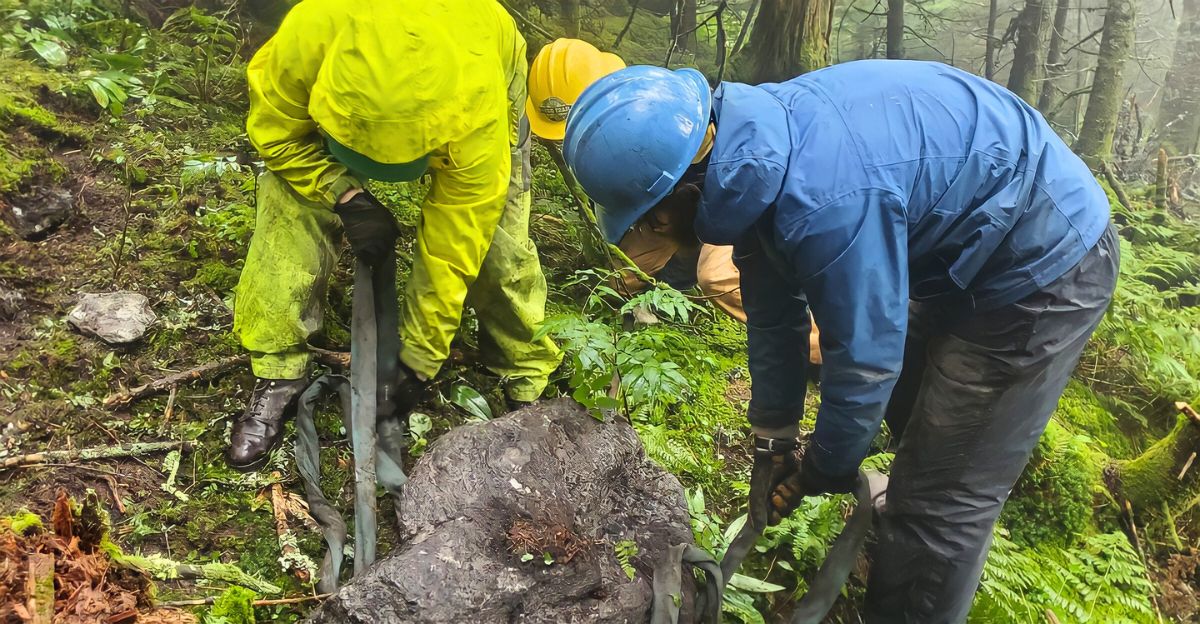
This little critter was made to survive the tough life on steep cliffs and rocky outcrops. Measuring just 3 – 3.5 inches when fully grown, this flat-bodied lizard is specially built for survival in the Blyde River Canyon’s narrow crevices and vertical faces. Their flat bodies allow them to squeeze through small spaces where they can hide from predators and find some of the most stable microclimates within the rock.
The Gecko’s adhesive toe pads, equipped with microscopic hair-like structures called setae, enable it to cling securely to sheer rock surfaces, even in the most inaccessible parts of its habitat.
A Moment of Discovery

After two years of planning and navigating bureaucratic hurdles, Dr. Darren Pietersen and John Davies of the Endangered Wildlife Trust were dropped by helicopter onto the same remote outcrop where the Gecko was first found in 1991. They were given three days to search the rocky terrain and find the elusive little critter that had left the world wondering for many years.
Just after midnight on their first night, the researchers finally spotted the elusive Blyde Rondavel flat gecko, a sighting that ended decades of speculation about its fate. “And when we did, we were elated, to say the least,” said Dr Pietersen. They saw 20 – 30 specimens but only managed to capture and photograph seven for the world to see.
Why So Elusive?
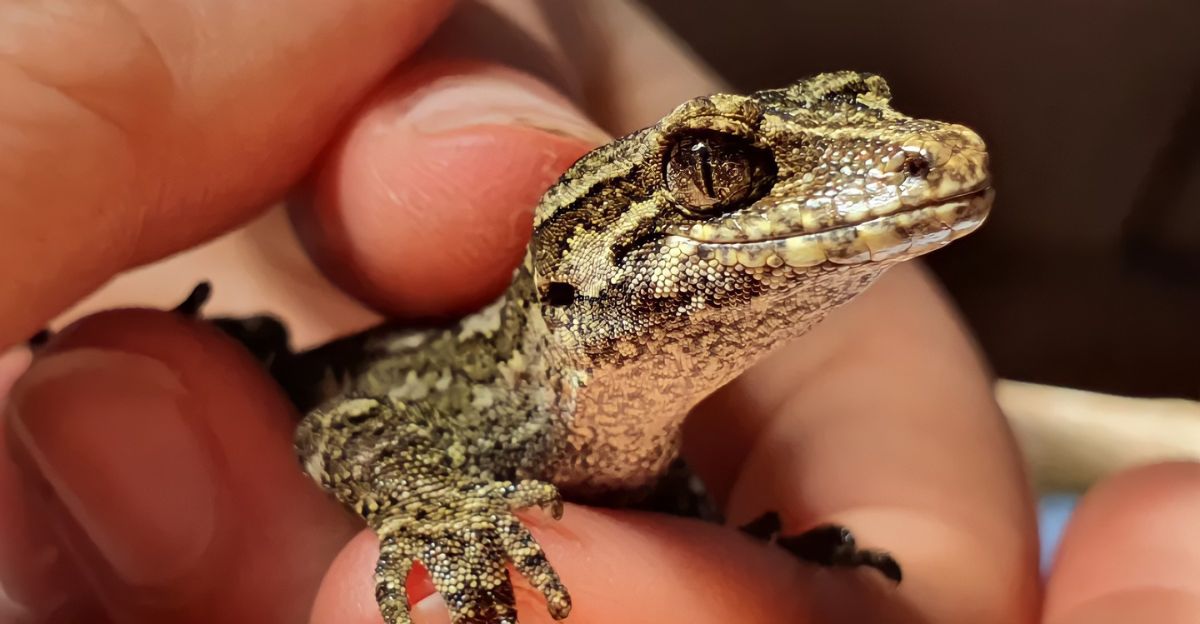
These critters might not be hiding from the world on purpose, but their habitat choice has proven no other way than being elusive. Unlike many reptiles that inhabit more open or easily explored environments, this Gecko is restricted to a handful of steep, rocky inselbergs that rise dramatically above the Blyde River Canyon.
These habitats are hard to reach and have ample hiding places for these geckos, making them almost invisible in their natural habitat.
Conservation Implications
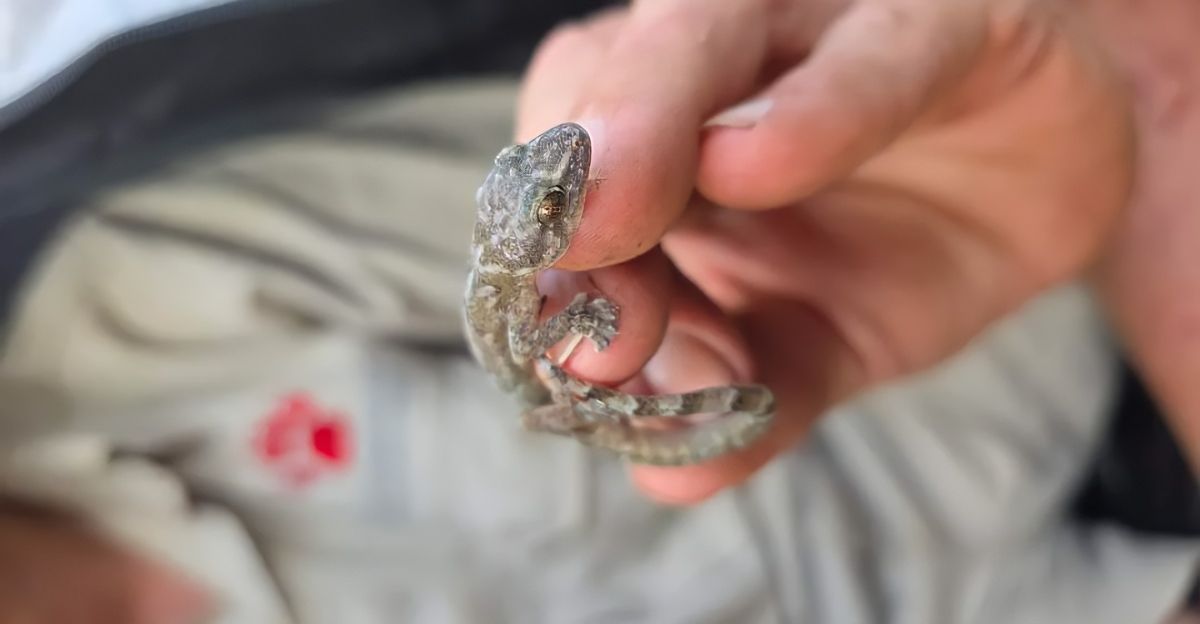
With confirmation that the Gecko still survives in its highly restricted habitat, conservationists now have the opportunity to reassess its threat status and develop targeted protection strategies based on new data and genetic samples collected during the expedition.
“Thanks to the findings and the data collected, the species can now be re-evaluated in terms of its threat status and consequentially, necessary conservation action,” noted the Endangered Wildlife Trust (EWT). Findings like these are the driving force behind researchers, allowing them to move forward from “data deficient” categories to more accurate threat assessments. This is also the fourth “lost species” that EWT has rediscovered.
The Power of Collaboration
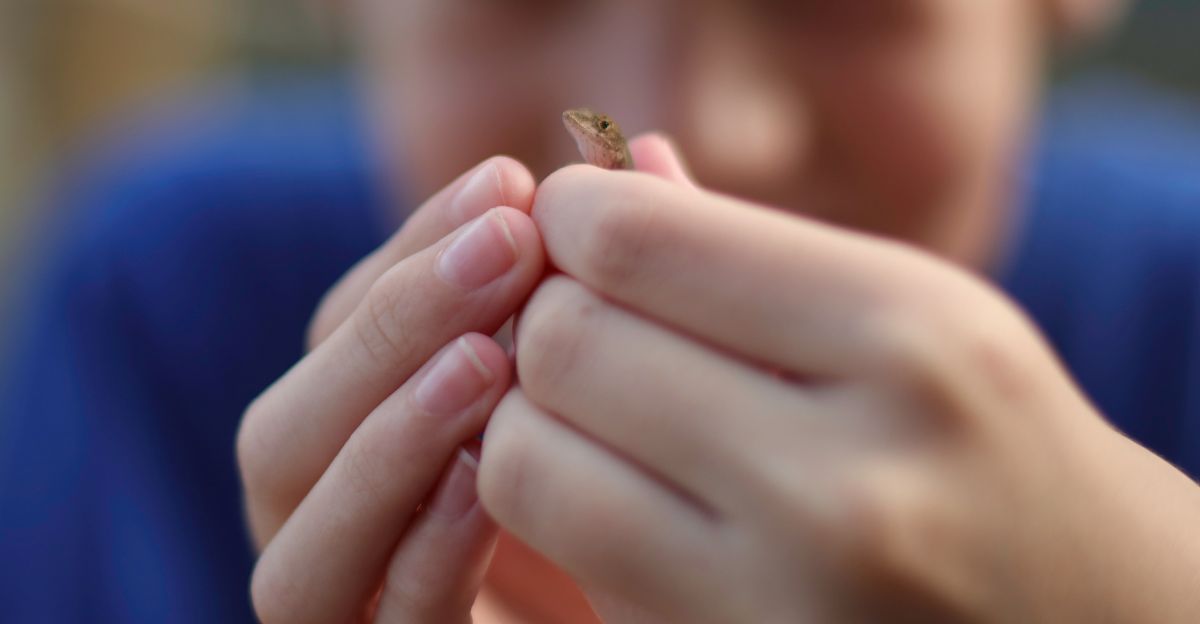
Expeditions like these aren’t possible without collaboration from different organizations to make it happen. This remarkable expedition was made possible by collaboration between the EWT, the Mpumalanga Tourism and Parks Agency, and financial support from the Anglo-American Foundation and Global Affairs Canada. Pilot Jana Meyer of Hope for Wildlife expertly conducted the helicopter flights.
Every single person on the team brought their strengths and expertise to the table to help find these elusive critters and prove their existence once and for all.
Hope for the Future
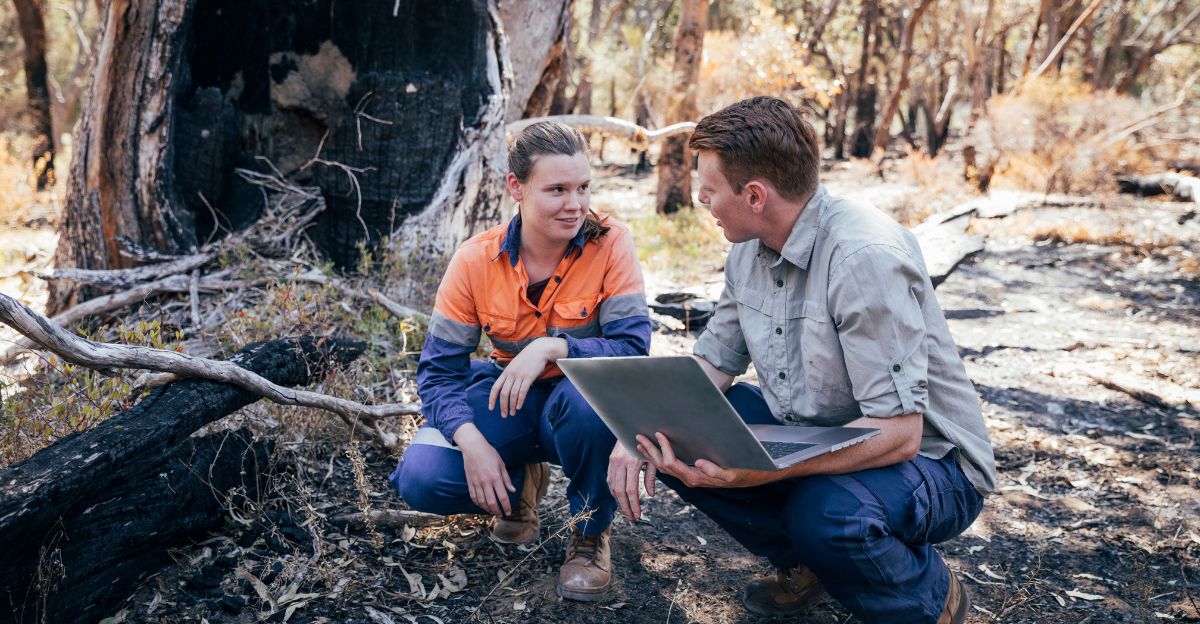
After decades of uncertainty and doubt, finding this elusive species alive demonstrates that even the rarest and most vulnerable creatures can persist in hidden corners of the world. The gecko’s survival, despite its tiny range and the many challenges it faces, underscores the resilience of nature and the potential for recovery when attention and resources are focused on overlooked species.
“I’ve always loved the species that others wouldn’t study because they’re harder to find or obscure,” said Dr. Pietersen. This finding gives hope to so many other “lost species” who are just waiting to be found with the right amount of determination.
Explore more of our trending stories and hit Follow to keep them coming to your feed!

Don’t miss out on more stories like this! Hit the Follow button at the top of this article to stay updated with the latest news. Share your thoughts in the comments—we’d love to hear from you!







